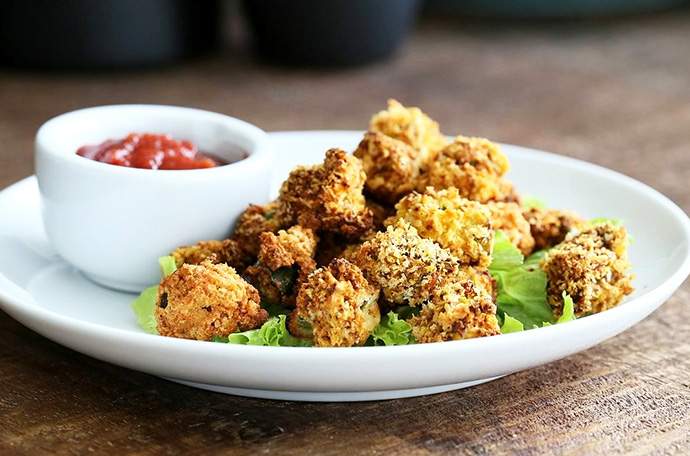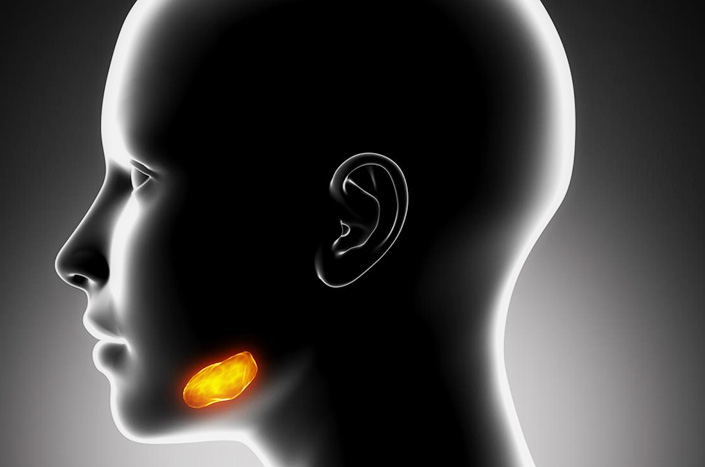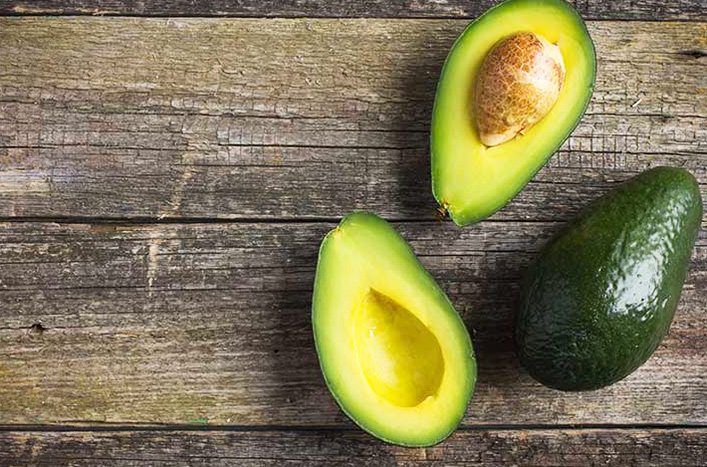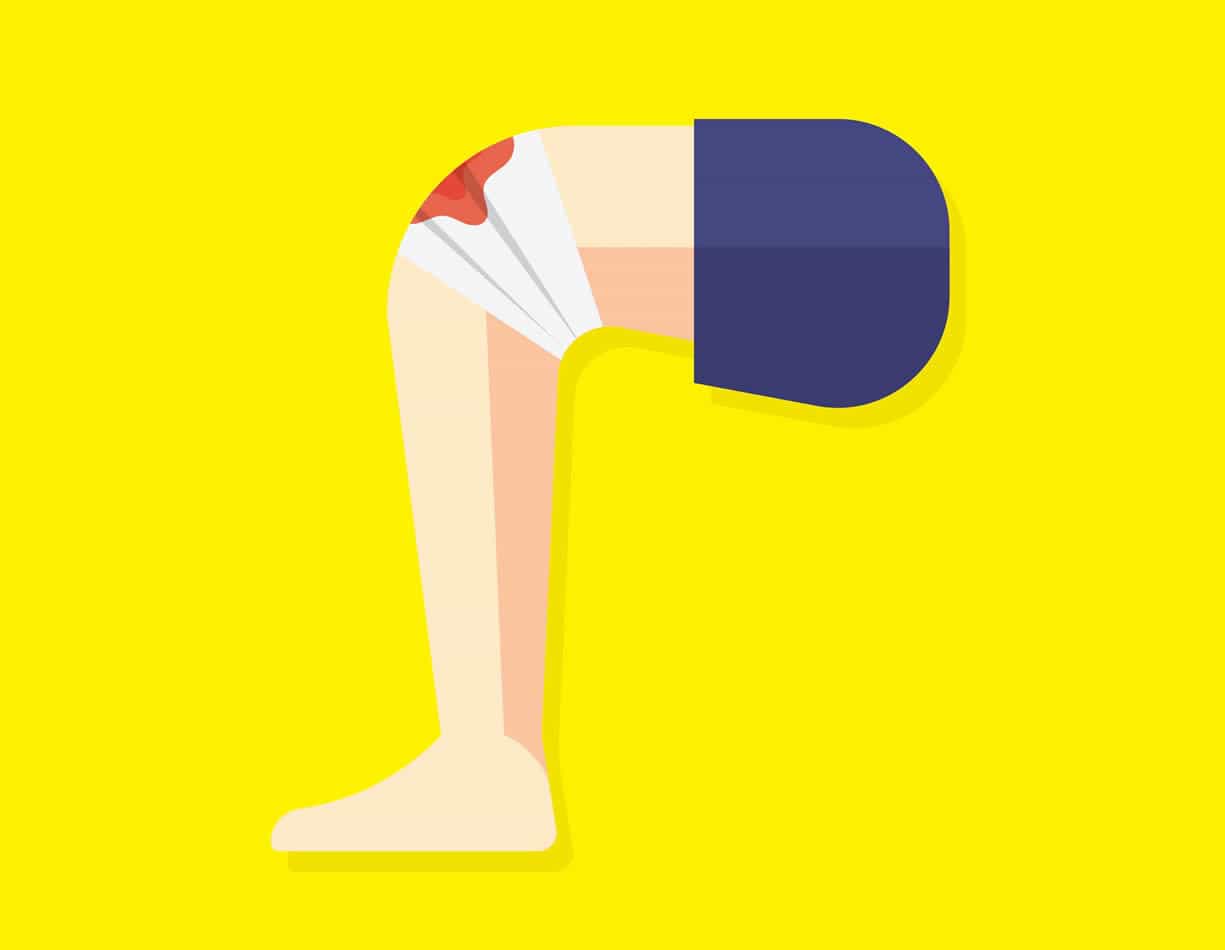Since you often come across the fact that having high cholesterol levels is regarded as a risk factor for heart disease, you may be thinking that cholesterol is unadulterated evil and it’s meant to be eliminated from your life for good.
Before you embark on a journey to banish cholesterol from the face of existence, keep on reading.
This article will get you introduced to good cholesterol and bad cholesterol — and in the process allowing you to learn that cholesterol per se is not really the enemy.
What is Cholesterol?
You can think of cholesterol as fat because it’s a waxy substance, too. Needless to say, you can obtain it from all kinds of foods, in particular the kinds that are from animal sources.
Did you know that your body also manufactures its own stash of cholesterol? The one responsible for it is none other than your liver, which creates about 75 percent of all the cholesterol within you right now. The mere fact that your own body creates cholesterol means that it serves as an important role. Well, that’s correct — in order for your body to run like a well-oiled machine, it needs to have some amount of cholesterol in it.
Just about every cell in your body contains cholesterol. Cholesterol is necessitated for the production of hormones as well as synthesis of vitamin D. Clearly, it’s not fair for anyone to regard cholesterol as nothing but evil.
The Problem is in the Number
As with anything else, too much of something good is bad. Needless to say, cholesterol that serves a variety of important roles can also cause health issues if there’s more of it than necessary.
Earlier, it was mentioned that one of the risk factors for heart disease is having high cholesterol levels. This only means that you are likely to battle heart disease one day — and also heart attack or stroke — if your cholesterol is abnormally high. Such can be determined with a simple blood test referred to by the experts as lipid profile or lipid panel.
This blood test measures the amount of bad cholesterol and good cholesterol, as well as triglyceride which is a type of fat in present in your bloodstream.
It Comes in Two Kinds
Actually, there are two kinds of cholesterol found in your body — bad and good.
Bad cholesterol — also LDL cholesterol or low-density lipoprotein — is referred to as such because it can collect in the arteries. Such paves the way for the formation of plaque, a fatty and waxy substance that sticks to the walls of the arteries. The presence of plaque can cause the blood pressure to become elevated. Needless to say, having high blood pressure is a risk factor for heart disease.
Then there’s also good cholesterol. Just like what the name says, good cholesterol is the beneficial kind of cholesterol. Also oftentimes referred to as HDL cholesterol or high-density lipoprotein, its primary role is to remove bad cholesterol from the arteries — it takes it to the liver where it is processed for elimination.
More Good, Less Bad
Clearly, in order to keep heart disease at bay you must see to it that you have less bad cholesterol and more good cholesterol. In order to achieve this, it’s important to mind what you put in your mouth.
Years ago, health authorities say that it’s important for everyone to steer clear of foods containing cholesterol to keep their bad cholesterol from skyrocketing. These days, however, scientists agree that it’s more important to stay away from foods with saturated fat as they can in fact cause an elevation in the levels of bad cholesterol in the body.








